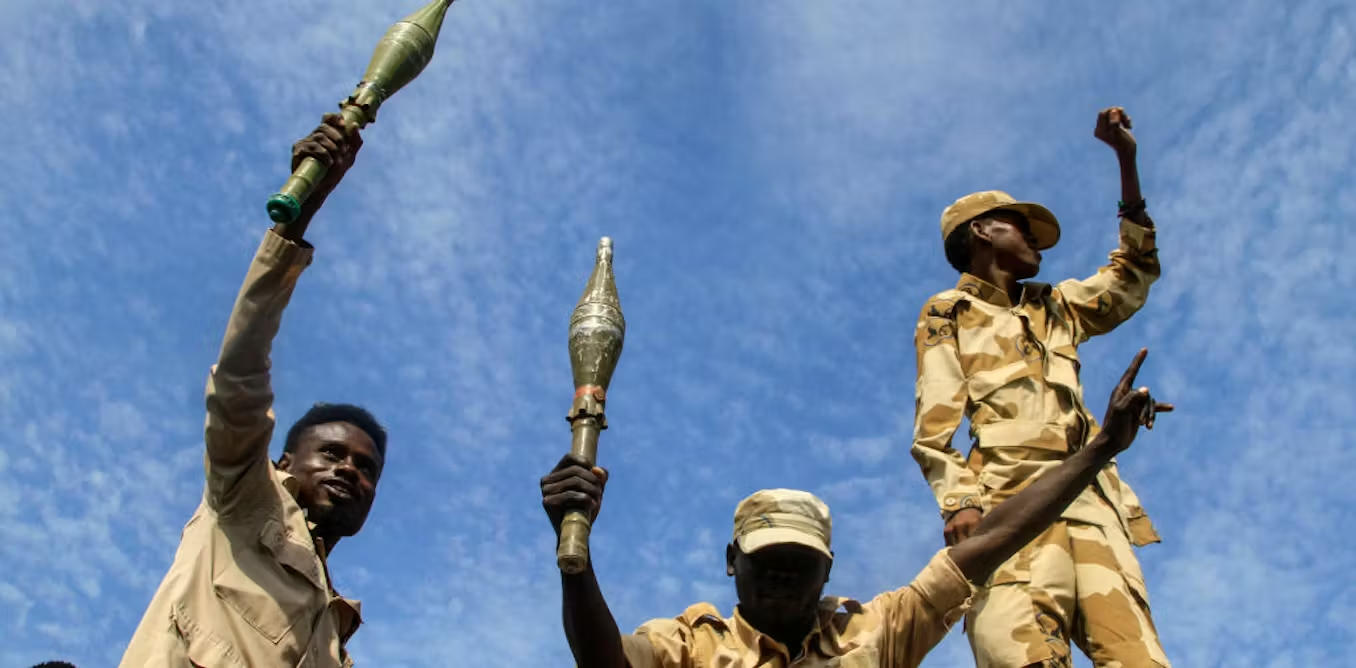In Afghanistan, poverty and joblessness continue to be the primary factors of illegal immigration and human trafficking. A recent study found that it will be difficult to disrupt trafficking cartels and discourage dangerous immigration unless these underlying factors are dealt with.
Dozens of people from seven different Afghan regions responded to the poll. It aimed to document the firsthand narratives of Afghan nationals who had either participated in or contemplated illegal immigration. over 62% of participants said that tackling poverty and joblessness is essential to preventing illegal immigration and human trafficking.
Although the poll emphasizes the importance of indigenous activities, it also identifies major shortcomings in civil governance and community efforts. Over a-third of interviewees said they could not find any signs of community groups fighting immigration and human trafficking in their own regions.
The handful who had seen such initiatives, however, told powerful accounts of how communities assisted in deterring people from choosing risky options. Personal accounts demonstrate how acquaintances, relatives, and neighbors have been instrumental in stopping illegal immigration, even despite lack of extensive efforts. Both lifesaving measures and increasing public awareness of the risks associated with human trafficking have been made possible by these approaches.
One participant, Setara, described how her entire family was getting ready to travel illegally to Iran. To pay for the trip, they traded home goods. But she was cautioned about the dangers by a extended family member who had tried migrating before.
In the same way, a teenage guy from Afghanistan’s poor regions had intended to use Iranian route to reach Europe in order to get away from financial difficulties. Until his brother’s buddies stepped in, he had reached Herat.
The Tough Reality
The reality is frequently tougher than anticipated for people who do go out on these perilous excursions. Many migrants endure terrible living circumstances, abuse, and fraud. Some come home with horrific stories of their ordeals, discouraging others from going through what they did.
Women have particular difficulties. During immigration, they are especially subject to victimization. According to one respondent who had earlier immigrated to Iran, the lure of greater employment prospects and more cheap living expenses drew her in. But after recalling her of the struggles she faced, her family finally persuaded her to leave her plan. According to her, migration only brings misery. The hazards are far higher, particularly for the female group. Channels for human trafficking have thrived as Afghanistan’s economy fell apart. It capitalizes on disadvantaged communities’ destitution. According to the those surveyed, these channels and cartels take advantage of individuals by assuring them of greater opportunities elsewhere. All they do is manipulate and mistreat them.
The study emphasizes how important it is for civil society groups to get more involved. They may stand for the fight against human trafficking. Several participants recalled how certain organizations tried to inform the public about the dangers of slavery and illegal immigration under the nation-state era.
The primary obstacle in the fight against trafficking and illicit immigration is still Afghanistan’s worsening economic situation. International alienation and decreasing aid have made the situation harsher. Despite the hazards, many residents view immigration as their only choice since they are struggling to obtain employment or satisfy their fundamental necessities.







